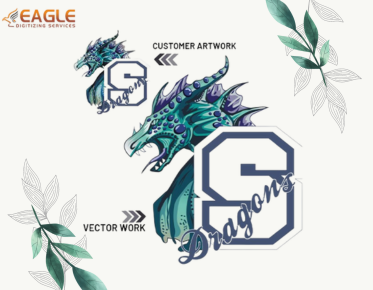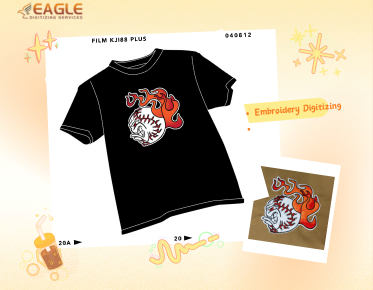Understanding Vector Images and Learning How to Create Them
Vector images are an essential part of digital design and graphics due to their scalability and versatility. Unlike raster images, which are composed of pixels, vector images are created using paths defined by mathematical equations. This allows them to be resized without any loss of quality, making them ideal for various applications such as logos, illustrations, and print media.
What Are Vector Images?
Vector images are digital illustrations created using vector software that relies on mathematical expressions to plot points, lines, curves, and shapes. This method of image creation ensures that graphics remain crisp and clear even when enlarged or reduced. The primary advantage of vector images is their scalability, which makes them suitable for different media without compromising detail or clarity.
Benefits of Using Vector Images
The benefits of vector images extend beyond scalability. They offer smaller file sizes compared to raster images, making them easy to share and transfer. Moreover, vector images are easy to edit, as designers can adjust individual elements without affecting the entire image. This flexibility is particularly advantageous in areas like graphic design, where changes are often necessary.
Common Uses of Vector Images
Vector images are predominantly used in graphic design, advertising, and branding. They form the backbone of logos, business cards, brochures, and banners due to their ability to maintain quality across different sizes and formats. In addition, vector graphics are extensively used for illustrating characters and scenes in animation and video games.
Learning to Create Vector Images
Essential Software
To get started with vector image creation, it's essential to familiarize yourself with vector software. VectorMagic is a popular choice that provides a user-friendly interface for beginners. For more advanced options, software like Adobe Illustrator and Corel Draw offer comprehensive tools for creating intricate vector illustrations.
Getting Started with Tutorials
Many online resources provide tutorials on vector graphics. These include video platforms like YouTube, where you can find step-by-step guides from professionals in the field. For instance, this YouTube tutorial walks you through creating your first vector design, making it an excellent starting point for beginners.
Understanding the Basics
When starting, it's vital to understand the basic elements of vector art, such as paths, strokes, and fills. Learning how to manipulate these elements using the tools provided by vector software will form the foundation of your vector illustrational skills.
Leveraging Professional Services
If you're looking to convert your hand-drawn artwork or raster images into vector format, outsourcing this task to professionals can be beneficial. Eagle Digitizing, for instance, offers an array of vector conversion services. They specialize in converting raster to vector services, providing fast and reliable solutions for businesses of all sizes.
Not only do they provide quality vector files, but they can also help with color separations and image retouching, ensuring that the final product meets your specific requirements. Their services are tailored for various industries, including marketing agencies, graphic design firms, and printing services.
Practical Tips for Beginners
Before embarking on creating vector art, beginners should practice with basic shapes and designs to build proficiency with the tools and techniques. Over time, experimenting with more complex creations will help refine skills and creative capabilities. Joining online communities and forums can also be a valuable way to learn new techniques and gather feedback from other vector artists.
Vector images offer incredible potential for both beginners and experienced designers. Whether you're stepping into the world of digital design for the first time or looking to enhance your skills, understanding vector graphics can unlock endless creative possibilities. With the right tools and resources, anyone can learn to create stunning vector artworks that are both practical and visually appealing.
Expanding Your Skill Set
Once comfortable with basic vector creation, consider exploring options like 3D vector art or integrating vector graphics with other design elements. As technology and software continue to evolve, staying updated with the latest tools and trends will keep your skills fresh and relevant. Whether for personal projects or professional needs, mastering vector image creation can open new pathways in the ever-expanding field of digital design.



